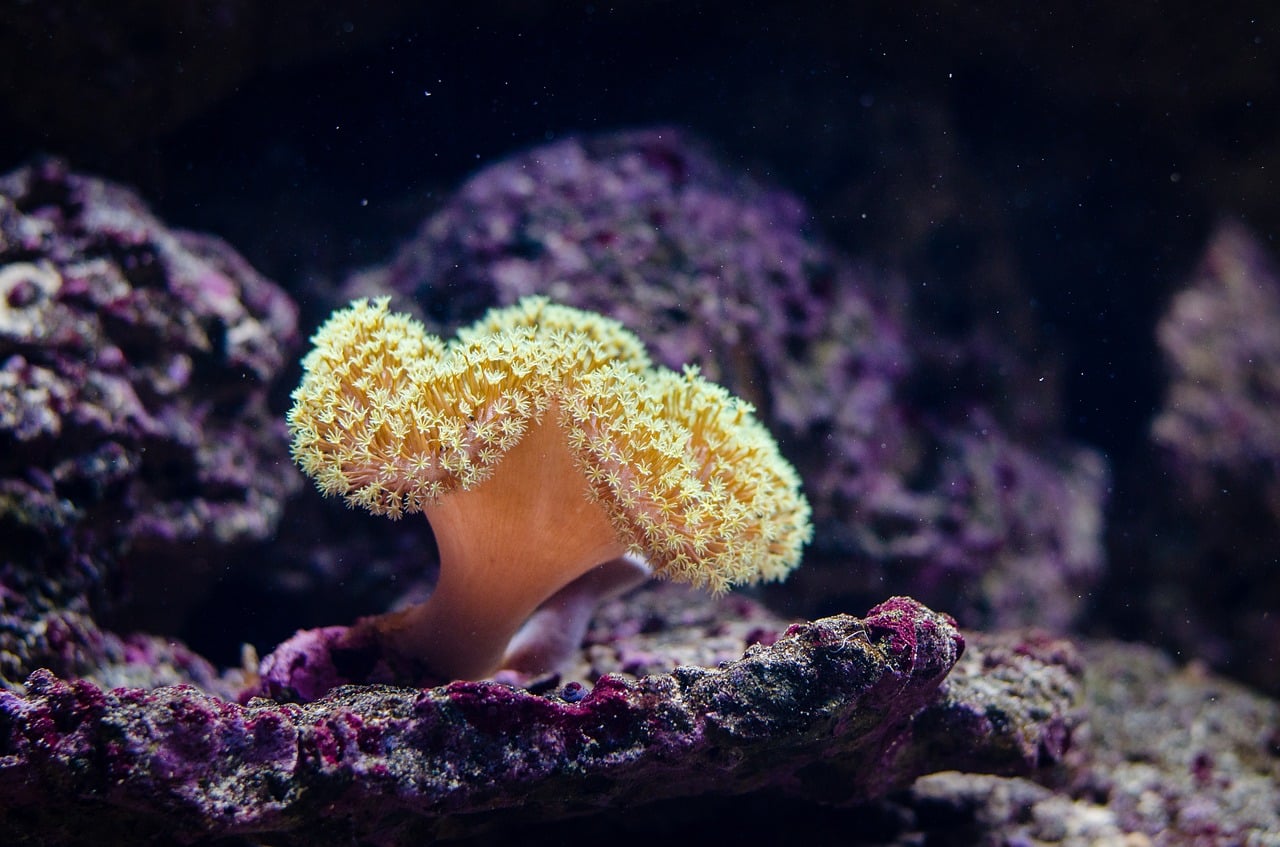Scientists are having a tough time preserving natural habitats and coral reefs around the world, as well as animal conservation due to various climate change-driven things that affect these ecosystems. The Great Barrier Reef is no exception. One of the most popular marine ecosystems in the world is suffering vast coral loss due to coral bleaching. Now, scientists have come up with a new idea to save the Great Barrier Reef, by using underwater speakers.
Warming ocean temperatures as well as more acidified water has resulted in coral reefs suffering the bleaching process which leaves the corals pretty much dead. Even if climate change gets under control, which is practically impossible to be done immediately, it’ll take time for the damaged reefs to be restored, as well as for new ones to grow.
Nevertheless, a group of researchers revealed a study published in Nature Communications which shows there’s an innovative way to bring life back to the Barrier Reef using underwater speakers. The method has proven effective in luring some fish and other marine animals to return to the semi-abandoned reefs.
While the ocean in itself is full of different organisms and despite being underwater, the vast majority of marine animals create a variety of vivid sounds that help them communicate between each other or sense danger. That said, scientists noticed that once the corals started dying, the lack of noise in the reefs caused various animals to seek a new home in another reef or other ecosystem. Many animals, especially fish, find their homes within corals, especially those that are trying to hide eggs from predators or raise their offspring.
Without that noise, fish find it difficult to live in the same reef, even if the water is not as warm as it used to be. That’s why researchers created artificial sounds channeled through underwater speakers, which yielded great results.
“Healthy coral reefs are remarkably noisy places – the crackle of snapping shrimp and the whoops and grunts of fish combine to form a dazzling biological soundscape,” senior author and University of Exeter professor Steve Simpson explained in a statement to EcoWatch. “Juvenile fish home in on these sounds when they’re looking for a place to settle.”
The underwater speakers played sounds which closely resembled the sounds produced in a healthy reef. It resulted in new fish species showing up as well as other animals. The area covered by the speakers resulted in an increase of about 50% in the new species, which is great results. It’s also worth mentioning that the visiting species didn’t just visit and leave, they also stayed, making the reef their home.
Hopefully, this approach can be used in other reefs in the future, and perhaps will even restore coral reefs.





